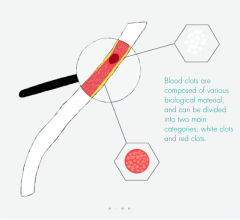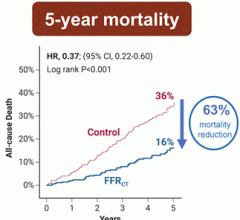
A new study reports persistent disparities in outcomes for people with peripheral artery disease (PAD) and its more severe form, chronic limb-threatening ischemia (CLTI) in the United States.
The study, “Racial, Socioeconomic, and Geographic Disparities in Preamputation Vascular Care for Patients With Chronic Limb-Threatening Ischemia," followed patients in the year leading up to their amputation.
Researchers evaluated the association between race, rurality, socioeconomic status (SES), and preamputation vascular care. According to the study, Black patients, those with low SES, and those living in rural areas have elevated rates of major lower extremity amputation, which may be related to a lack of subspecialty chronic limb-threatening ischemia care.
Among 73,237 patients who underwent major lower extremity amputation, 55.1% had an outpatient vascular subspecialist visit, 82.1% had lower extremity arterial testing, and 38.7% underwent lower extremity revascularization in the year before amputation. Black patients were less likely to have an outpatient vascular specialist visit or revascularization than White patients.
Compared with patients without low SES or residing in urban areas, patients with low SES or residing in rural areas were less likely to have an outpatient vascular specialist visit.
Researcherchers concluded tbqt Black race, rural residence, and low SES are associated with failure to receive subspecialty chronic limb-threatening ischemia care before amputation. To reduce disparities in amputation, multilevel interventions to facilitate equitable chronic limb-threatening ischemia care are needed.
Study coauthor Alexander Fanaroff, MD, MHS, said, “Every patient that has an amputation for chronic limb-threatening ischemia represents a failure to deliver quality care aimed at amputation prevention. This includes revascularization, which has a clear benefit in preventing major lower extremity amputation. It’s easy to find and point out procedures that shouldn’t have been done, but it’s harder to find and point out procedures that should have been done but weren’t. This research is a start in that direction. This research should be a call to health systems, policymakers, and other stakeholders to make it easier for patients—especially the most vulnerable patients—to access PAD-specific care.” Fanaroff is an interventional cardiologist and assistant professor of medicine at the University of Pennsylvania.
The study was supported by a SCAI Early Career Research Grant.


 February 04, 2025
February 04, 2025 








